Top Yellow Gemstones
Yellow gemstones possess a radiant charm that echoes the warmth of the sun and the vibrancy of life. The captivating shades of yellow in gemstones make them a popular choice for those who appreciate the sunny and joyful aspects of colour. In this comprehensive guide, we will explore the world of top yellow gemstones, including citrine, yellow sapphires, yellow diamonds, yellow spessartine, and a few lesser-known gems. Each of these gemstones possesses its unique characteristics, from the golden glow of citrine to the intense sparkle of yellow diamonds. Whether you're seeking an engagement ring or a statement piece, these yellow gemstones are sure to infuse your jewellery collection with warmth and cheerfulness.
Citrine
Citrine is often referred to as the "sunshine gemstone" due to its warm and sunny yellow colour. It is a variety of quartz, with its vibrant yellow hue primarily caused by the presence of iron impurities. Citrine's colour ranges from pale lemon yellow to deep golden amber, and it is known for its transparency and brilliance.
Citrine is associated with positivity, abundance, and joy. Its sunny colour is believed to radiate positive energy, making it a popular choice for those who seek to uplift their spirits. Citrine is used in various jewellery styles, from classic to contemporary designs. Its affordability, durability, and versatility make it a favourite for rings, pendants, and earrings, adding a touch of radiance to any ensemble.
Yellow Sapphires
Yellow sapphires are a variety of corundum, the same mineral family as rubies and blue sapphires. They are prized for their bright and sunny yellow hues, which can range from light pastel yellow to vivid canary yellow. The presence of trace elements, such as iron and titanium, gives yellow sapphires their colour.
Yellow sapphires symbolize wisdom, power, and good fortune. They are often used in various jewellery styles, from traditional to modern designs. Yellow sapphires are valued for their brilliance and durability, making them suitable for rings, necklaces, and earrings. They are a popular choice for engagement rings, where their colour is associated with happiness and prosperity.
Yellow Diamonds
Yellow diamonds, also known as "canary diamonds," are prized for their intense and vivid yellow colours. They are part of the diamond family and get their yellow hues from the presence of nitrogen impurities during the diamond's formation. The strength of their colour can vary from faint to fancy intense or fancy vivid yellow.
Yellow diamonds are associated with joy, optimism, and creativity. They are considered a symbol of luxury and prestige. Yellow diamonds are often used in high-end jewellery pieces, such as engagement rings and statement necklaces. Their rarity and striking beauty make them a choice for those who appreciate the ultimate in yellow gemstones.
Yellow Spessartine:
Yellow spessartine is a variety of the garnet family known for its warm yellow to orange-yellow colours. It gets its colour from manganese impurities in its crystal structure. Yellow spessartine is highly regarded for its brilliance and transparency, which can range from slightly included to eye-clean.
Yellow spessartine is believed to represent strength, endurance, and vitality. It is often used in various jewellery styles, from classic to contemporary designs. Yellow spessartine's fiery colours and affordability make it an attractive choice for rings, necklaces, and earrings. Its vibrant hue adds a touch of exuberance to any jewellery collection.
Other Yellow Gemstones:
While citrine, yellow sapphires, yellow diamonds, and yellow spessartine are among the most well-known yellow gemstones, there are a few other lesser-known yellow gems worth exploring, each with its unique characteristics and charm:
-
Yellow Topaz: Yellow Topaz is known for its bright and sunny yellow colours. It is often used in various jewellery styles, including rings, pendants, and earrings. It is believed to promote energy and vitality.
-
Yellow Apatite: Yellow apatite is a transparent yellow gemstone that is believed to inspire creativity and self-expression. It is often used in a variety of jewellery designs, including dainty earrings and stackable rings.
-
Yellow Beryl (Heliodor): Yellow beryl, also known as heliodor, is a vibrant yellow variety of the beryl family, which includes emeralds and aquamarines. It is used in various jewellery styles, from elegant necklaces to statement rings.
Mineralogical Characteristics of Top Yellow Gemstones
|
Gemstone |
Mineral Group |
Hardness (Mohs) |
Refractive Index |
Specific Gravity |
Crystal System |
Transparency |
|---|---|---|---|---|---|---|
|
Citrine |
Quartz |
7 |
1.544-1.553 |
2.65-2.66 |
Hexagonal |
Transparent to Translucent |
|
Yellow Sapphires |
Corundum |
9 |
1.757-1.779 |
3.95-4.05 |
Trigonal |
Transparent to Opaque |
|
Yellow Diamonds |
Carbon (Diamond) |
10 |
2.42 |
3.51 |
Cubic |
Transparent |
|
Yellow Spessartine |
Garnet (Spessartine variety) |
7.25 |
1.795-1.815 |
4.12-4.20 |
Isometric |
Transparent to Translucent |
|
Yellow Topaz |
Topaz |
8 |
1.609-1.643 |
3.49-3.57 |
Orthorhombic |
Transparent to Translucent |
|
Yellow Apatite |
Apatite |
5 |
1.634-1.638 |
3.15-3.22 |
Hexagonal |
Transparent to Translucent |
|
Yellow Beryl (Heliodor) |
Beryl (Heliodor variety) |
7.5-8 |
1.577-1.583 |
2.66-2.80 |
Hexagonal |
Transparent to Translucent |
Yellow Tourmaline – Rare Yellow Gemstone
A Rare Yellow Gemstone: Yellow tourmaline is a rare and lesser-known gemstone that belongs to the tourmaline family. It is prized for its beautiful yellow colours, which can range from pale lemon yellow to golden yellow. Yellow tourmaline gets its colour from manganese and iron impurities in its crystal structure.
Yellow tourmaline is believed to bring inspiration and creativity. Its rarity and unique colour make it a valuable addition to the world of coloured gemstones. Yellow tourmaline is often used in jewellery, particularly in rings and pendants, where its vibrant colour adds a touch of brightness and charm.
-
Colour Range: Yellow tourmalines can encompass a broad spectrum of yellow hues. These gemstones may exhibit colours such as pale straw yellow, canary yellow, or even rich golden yellow. The colour intensity and tone can vary from gem to gem.
-
Durability: Tourmalines, including yellow tourmalines, are relatively durable gemstones. They rank 7 to 7.5 on the Mohs scale of mineral hardness, making them suitable for everyday wear in jewellery.
-
Transparency: Yellow tourmalines are often valued for their transparency. They can range from being eye-clean (without visible inclusions) to slightly included.
-
Brilliance: Yellow tourmalines are known for their excellent brilliance and lustre. When properly cut and faceted, they can exhibit a captivating sparkle.
-
Jewellery Use: Yellow tourmalines are used in various types of jewellery, such as rings, pendants, necklaces, and earrings. Their radiant yellow colours can add a vibrant touch to jewellery designs.
-
Symbolism and Significance: Yellow tourmalines are believed to represent creativity, inspiration, and intellectual pursuits. Their sunny colour is associated with positivity and joy.
Yellow tourmalines, while not as well-known as some other gemstones like yellow sapphires or citrine, offer a unique and vibrant option for those who appreciate the warm and cheerful qualities of yellow gemstones. They are often used in jewellery to bring a touch of brightness and charm to the wearer.
In conclusion, the world of yellow gemstones is a celebration of sunny hues and radiant charm. Whether you're drawn to the warm and cheerful glow of citrine, the brilliance of yellow sapphires, the luxury of yellow diamonds, or the fiery appeal of yellow spessartine, there is a yellow gemstone to suit every style and occasion. These gems are not just accessories; they are expressions of individuality and the joyful beauty of the colourful world of gemstones.


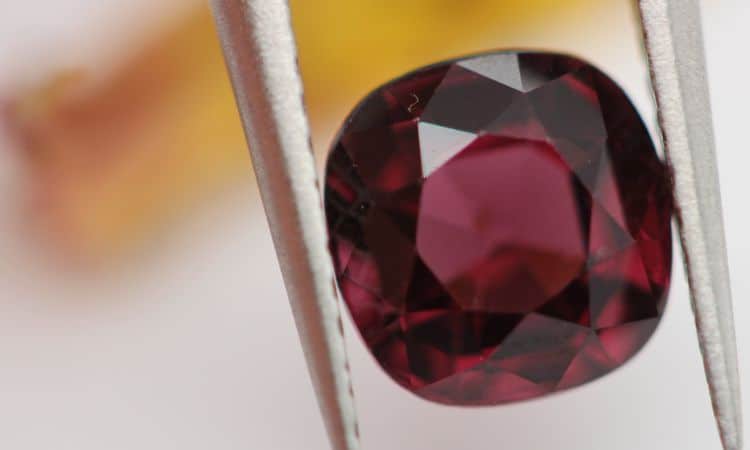
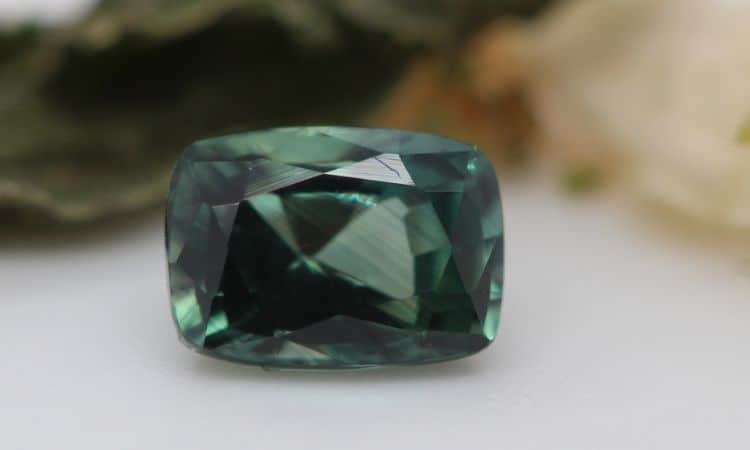
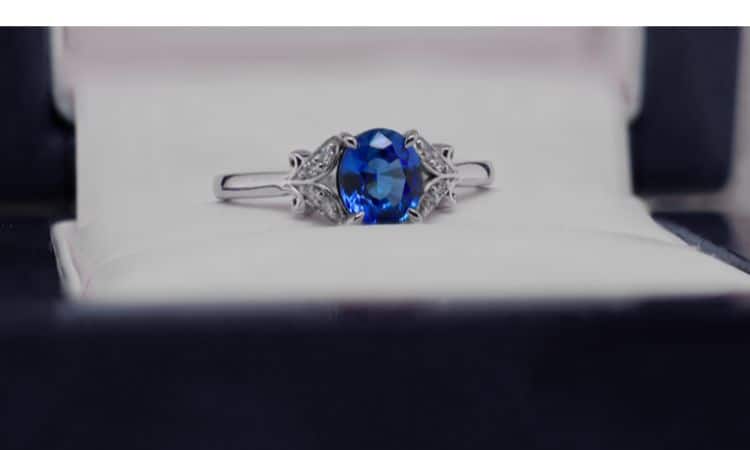
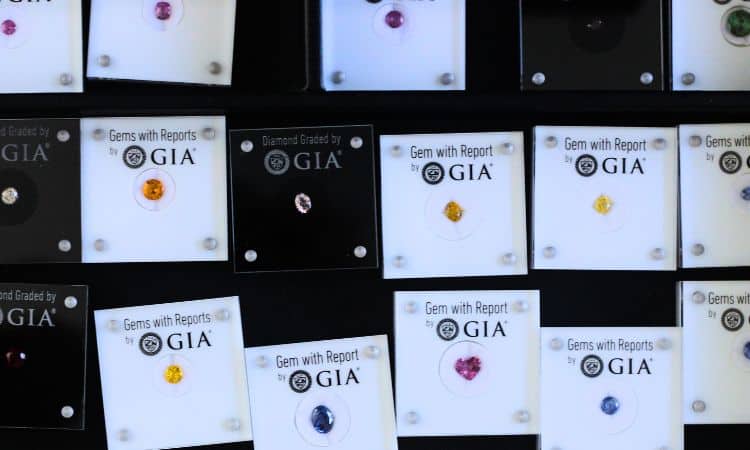
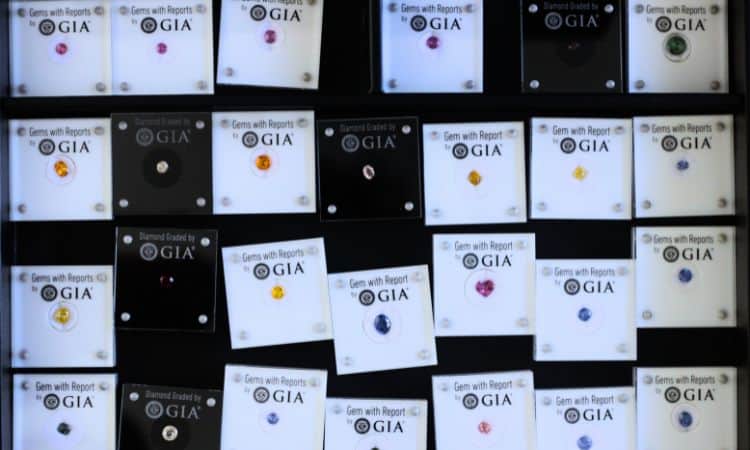
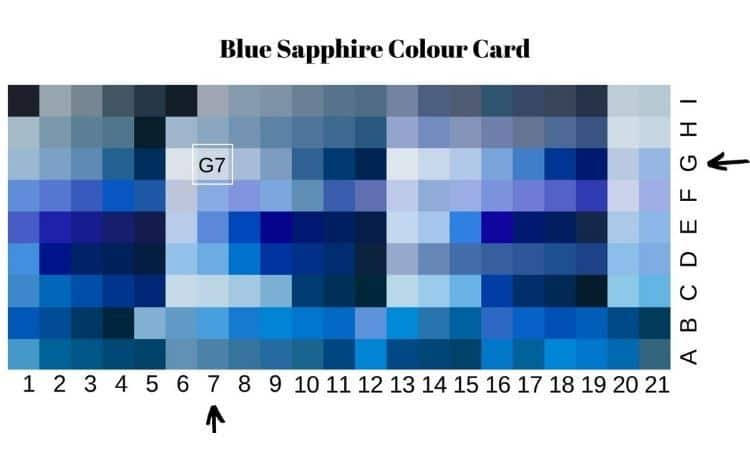
Comments (0)
Write your review